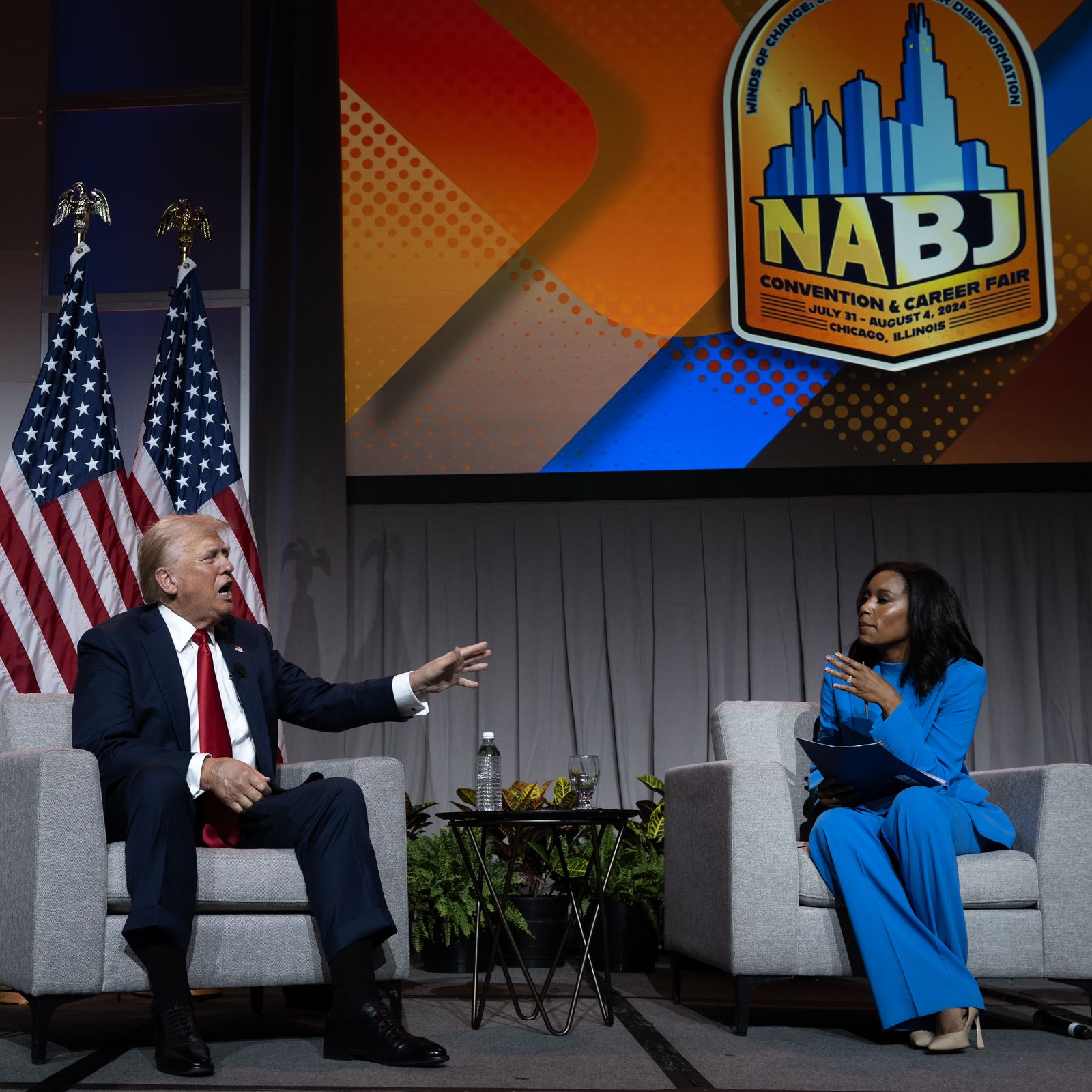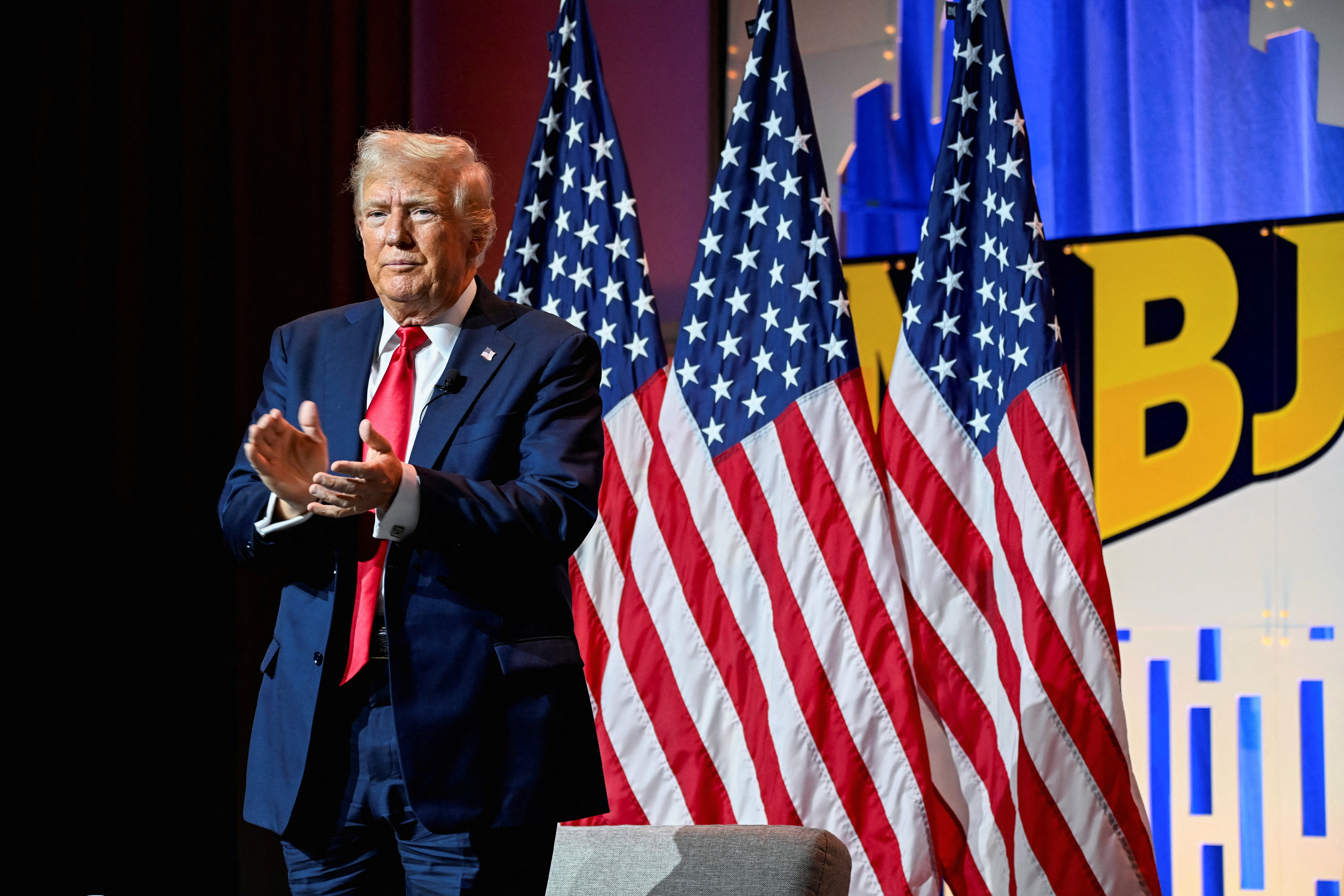In the wake of the Post-Trump era, the role of disinformation has increasingly come under scrutiny, especially in its impact on citizen engagement and participation in democratic processes. At the forefront of this critical conversation is the National Association of Black Journalists (NABJ), which convened a panel of writers and experts to examine how false information, particularly in digital and social media, has been weaponized to undermine civic involvement and target marginalized communities.
This 600-word description delves into the discussions held by the NABJ panel, exploring how disinformation is used to suppress political engagement, manipulate public opinion, and further disenfranchise underrepresented groups, while also looking at ways to counteract these threats to democracy.

The Rise of Disinformation in the Post-Trump Era
The rise of disinformation is not a new phenomenon, but it gained significant momentum during Donald Trump’s presidency, especially with the use of social media platforms as tools to spread false narratives. Trump’s frequent use of terms like "fake news" and his rejection of unfavorable media coverage created a fertile ground for the propagation of misinformation. This period saw an explosion of conspiracy theories, unverified claims, and outright lies that were rapidly disseminated across the internet.
As the NABJ panel highlighted, the effects of this disinformation have lingered into the post-Trump era, even after his presidency. In fact, the spread of fake news and manipulative narratives has become more sophisticated, often targeting specific communities, including African Americans and other minority groups, who have historically been marginalized in political discourse. The deliberate nature of these campaigns aims to darken citizen engagement by sowing confusion, mistrust, and apathy.

Disinformation's Target: Marginalized Communities
One of the key topics of the NABJ board discussion was how disinformation disproportionately affects Black and brown communities, often as part of broader efforts to disenfranchise these groups politically. During the 2020 presidential election, for instance, several disinformation campaigns were uncovered that specifically targeted African American voters. These campaigns sought to depress voter turnout by spreading false information about voting deadlines, polling locations, and even the candidates themselves.
NABJ writers examined how this disinformation is not only meant to deceive but to foster cynicism and disengagement. By promoting the idea that elections are rigged or that political participation is futile, disinformation campaigns effectively suppress the voices of those who are already politically and socially marginalized. In doing so, they further alienate these communities from the democratic process, perpetuating a cycle of exclusion and disempowerment.

The panelists also noted that disinformation often plays on existing societal fears and prejudices, amplifying racist tropes and stereotypes to manipulate public opinion. In some cases, the aim is to incite fear or hostility toward minority groups, while in other instances, it seeks to create divisions within these communities by pitting different factions against each other.
The Role of Digital and Social Media
The digital landscape plays a crucial role in the dissemination of disinformation. Social media platforms like Facebook, Twitter (now X), and YouTube have become breeding grounds for false narratives due to their vast reach and the speed at which information can be shared. Algorithms designed to maximize engagement often promote sensational or divisive content, which can include misleading or outright false information.
During the NABJ discussion, the writers explored how these platforms have been slow to address the problem of disinformation, with efforts to fact-check or remove harmful content often coming too late to prevent damage. Furthermore, the echo chambers created by social media allow disinformation to spread within like-minded communities, making it difficult to introduce corrective information or challenge false claims.
The challenge, according to NABJ writers, is not only in identifying and correcting disinformation but also in understanding the intention behind these campaigns. Disinformation is often strategically deployed to demoralize and confuse specific groups, particularly those whose participation is crucial in shaping election outcomes. This makes combating disinformation a vital part of protecting democracy.

Counteracting Disinformation and Re-engaging Citizens
While the threat of disinformation is daunting, the NABJ panel also discussed strategies to counteract its effects. Central to this effort is the role of journalists and media literacy advocates in educating the public about the dangers of disinformation and providing them with tools to critically evaluate the information they consume.
The panelists emphasized the need for journalists, particularly those in minority communities, to serve as watchdogs, holding institutions accountable and fact-checking dubious claims. They also underscored the importance of creating media content that resonates with underserved communities, providing them with accurate, reliable, and relatable information.

Media literacy was another key solution proposed by the NABJ panel. Teaching individuals how to recognize and verify credible sources, question dubious claims, and understand the motivations behind disinformation campaigns is critical in ensuring that communities remain informed and engaged.
Finally, the writers stressed the importance of restoring trust in institutions and the media. When people trust the sources of their information, they are more likely to participate in the democratic process. Journalists, therefore, must continue to work toward transparency, fairness, and accuracy in their reporting to rebuild public trust and counter the damaging effects of disinformation.
Conclusion
The NABJ’s examination of disinformation’s role in suppressing citizen engagement highlights the complex and far-reaching impact of false narratives in today's society. By targeting marginalized communities and exploiting social media’s reach, disinformation campaigns have the power to darken citizen engagement and erode democracy. However, through education, media literacy, and responsible journalism, there is hope that these threats can be mitigated, and citizens can be re-empowered to engage actively and meaningfully in the democratic process.









